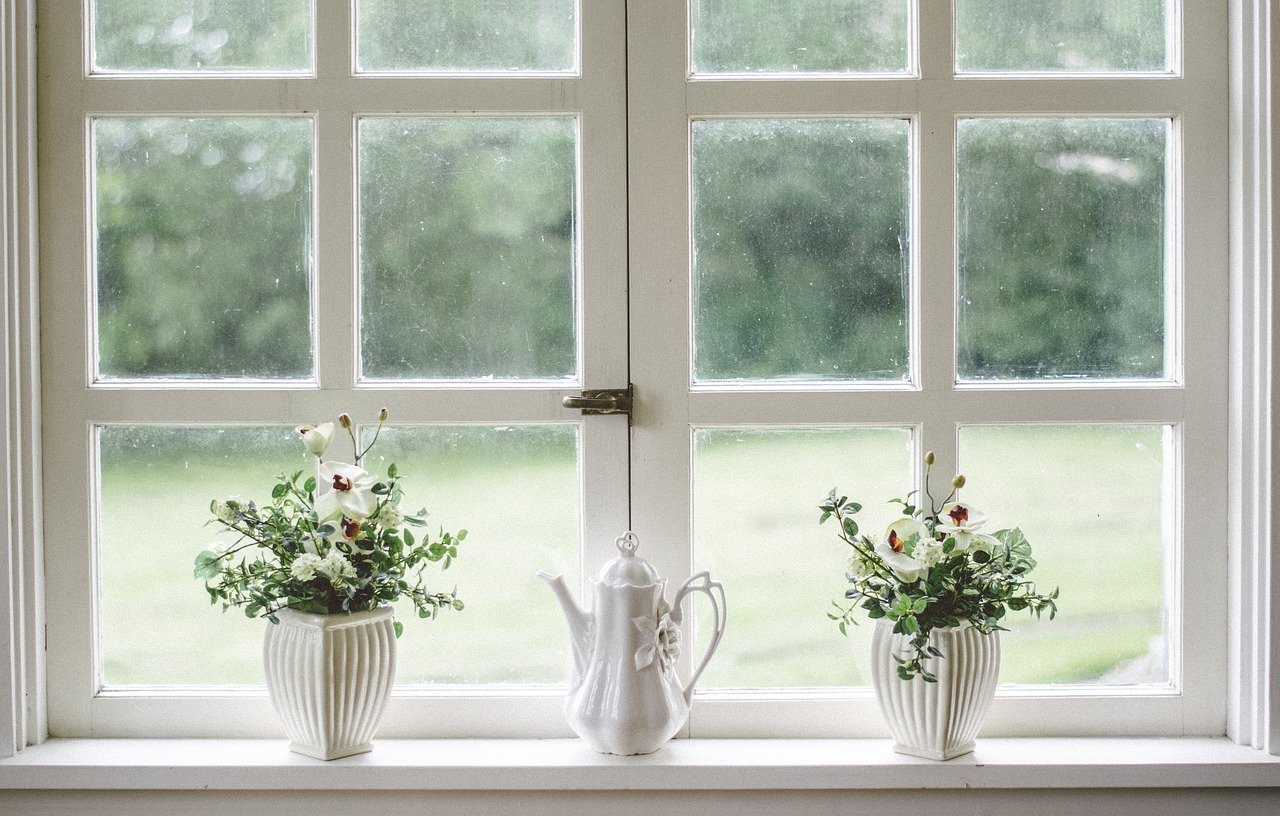There is a misconception that wood window frames are low performing because of the rise in uPVC casement frames that property owners are now choosing. However, wood is still one of the strongest and functional materials to use for window frames. Are wood window frames insulated enough? Looking at various properties and benefits of wood window frames will answer that query. Please see timber effect windows at Bill Butters here!
Window Insulation
Let’s take a look at which features make windows well insulated or poorly insulated. Where does wood sit in the categories of higher-performing materials?
How it works;
For double-glazed and triple-glazed window frames, the focus is on the structure of the glazing. The window panes have a gap between them with an inert gas (such as argon) filled in the gap. The gas is heavier than the surrounding air, which means that there is a lot of heat retained. It is what makes double glazed and triple glazed windows effective for insulation. The window frame can be the core part of a well-insulated window. Standard casement windows have a thermal break to prevent heat loss through the window frame.
Energy Performance
When it comes to energy efficiency, wood frames rate considerably high because they are naturally well-insulated. The reason behind this is the low heat conductivity of wood. It means that wood frames do not need a thermal break like other materials. Statistics show that wood provides more insulation than materials such as steel or aluminium. Wood does not rely on the casement of the window to have high energy efficiency.
Noise
Wood performs better compared to other materials in terms of noise penetration in your home. Wood is a naturally porous material, which means the tiny air pockets are good for absorbing sounds. When this natural quality is combined with double glazing or triple glazing, it ensures there is sufficient sound protection in the home.
Heat
Retaining heat in the winter is something any homeowner will appreciate. However, the same cannot be said for hot UK summers. Since wood is a poor conductor of heat, it will not add to the transfer of heat into the home when used for window frames. In the winter the windows also lose less heat than other materials. Since heat transfer is mostly determined by the window glazing, UV coated window frames are best for heat regulation in the home. Glazing technology is crucial in the prevention of heat penetration through glazing.
Wood Properties
Wood has the lowest heat conductivity compared to any other frame materials, and it is also eco-friendly. Wooden window frames produce fewer toxins when being manufactured and do not require too much energy. These qualities make wooden frames sustainable. It is also a material that is flexible and can be custom made to suit any texture or colour that a homeowner wants. What’s more, wood’s durability increases with age if the window frames are looked after consistently. It is another reason wooden window frames are still used in building projects.
What are the downsides?
You may be wondering why wood is not used more widely as an option for window frames even though it is a naturally well-performing material for insulation.
Maintainance
Wood must be maintained consistently and by an experienced hand. It needs to be treated and painted regularly, as it gets damaged easily. It is also prone to rotting, especially when it is used in places with high humidity. If you neglect to ensure your wood window frames are well-maintained at all times, you may be faced with the task of replacing the entire window system in your home.
